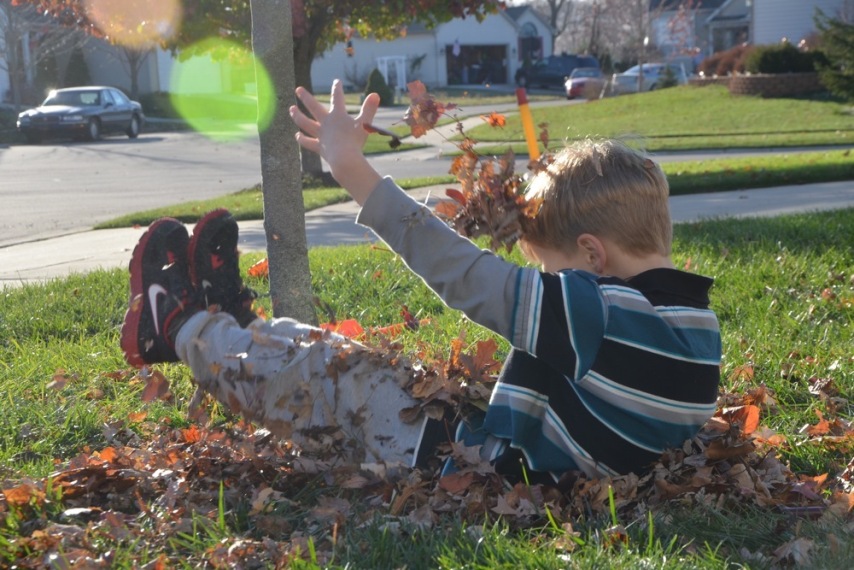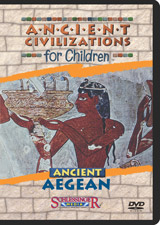Weekly book shelf, 10/31/14
 In history this week, The Story of the World took us to the time of Tariq bin Ziyad and the Islamic invasion of Spain. One of the things I've been increasingly disappointed with in SOTW is its bias—its white, male, Christian bias. It's a continuous problem in all history books for children, really, so to this week's schedule I added some reading on the Islamic faith and what it means to be a Muslim. Muslim Child came highly recommended, oddly enough, by the SOTW. It is a collection, as it says, of stories and poems about the Islamic faith. It is written fairly well and illustrated with tasteful sketches in black and white, but it did come across as proselytizing, or felt a bit like propaganda to me. At least we are learning quite a bit about bias in general.
In history this week, The Story of the World took us to the time of Tariq bin Ziyad and the Islamic invasion of Spain. One of the things I've been increasingly disappointed with in SOTW is its bias—its white, male, Christian bias. It's a continuous problem in all history books for children, really, so to this week's schedule I added some reading on the Islamic faith and what it means to be a Muslim. Muslim Child came highly recommended, oddly enough, by the SOTW. It is a collection, as it says, of stories and poems about the Islamic faith. It is written fairly well and illustrated with tasteful sketches in black and white, but it did come across as proselytizing, or felt a bit like propaganda to me. At least we are learning quite a bit about bias in general.
 In science this week we tackled the world's decomposers (BFSU2 B16). For comparison of the various kingdoms, in particular the animal and plant kingdoms, we used Flowering Plants and Mammals from the Classifying Living Things series. For the main portion of our week study, though, we used Steve Parker's Molds, Mushrooms, & Other Fungi. All of these are great books for understanding the criteria that determine kingdom classification, and for deeper study of Kingdom, and more detailed, classification.
In science this week we tackled the world's decomposers (BFSU2 B16). For comparison of the various kingdoms, in particular the animal and plant kingdoms, we used Flowering Plants and Mammals from the Classifying Living Things series. For the main portion of our week study, though, we used Steve Parker's Molds, Mushrooms, & Other Fungi. All of these are great books for understanding the criteria that determine kingdom classification, and for deeper study of Kingdom, and more detailed, classification.
 For his reading comprehension notebook this week, Calvin picked The Book of Three. It's the first in the five book series, The Chronicles of Prydain, by Lloyd Alexander. Taran, a young pig-farmer, is chasing a runaway pig when he meets a prince, and thus begins his quest to become a hero. Calvin was unable to put this one down.
For his reading comprehension notebook this week, Calvin picked The Book of Three. It's the first in the five book series, The Chronicles of Prydain, by Lloyd Alexander. Taran, a young pig-farmer, is chasing a runaway pig when he meets a prince, and thus begins his quest to become a hero. Calvin was unable to put this one down.
 Calvin was also reading Carl Sandberg's Rutabaga Stories. It was a favorite of my dad's when he was little, so when we found his old copy, Calvin decided to give it a try. It's a collection of stories that display Sandberg's talent for the truly absurd. And hilarious.
Calvin was also reading Carl Sandberg's Rutabaga Stories. It was a favorite of my dad's when he was little, so when we found his old copy, Calvin decided to give it a try. It's a collection of stories that display Sandberg's talent for the truly absurd. And hilarious.
 Weekly book shelf | tagged
Weekly book shelf | tagged  BFSU,
BFSU,  Story of the World,
Story of the World,  history,
history,  science
science 






















